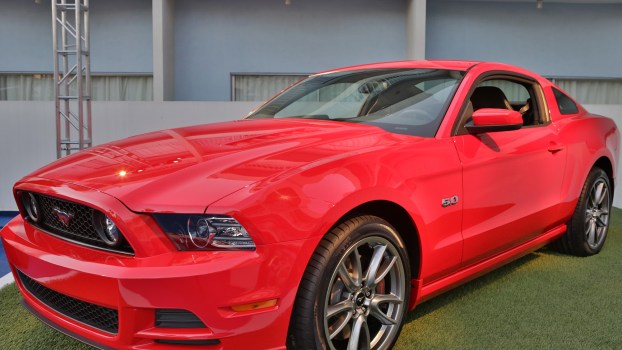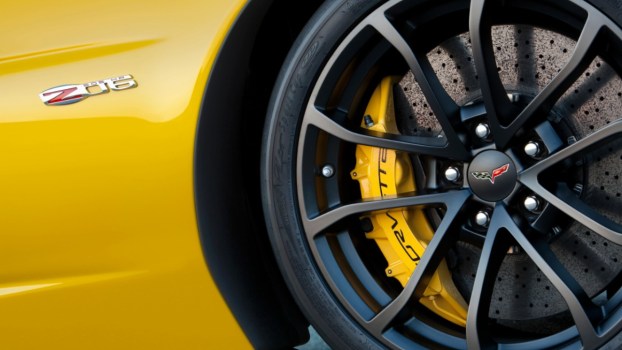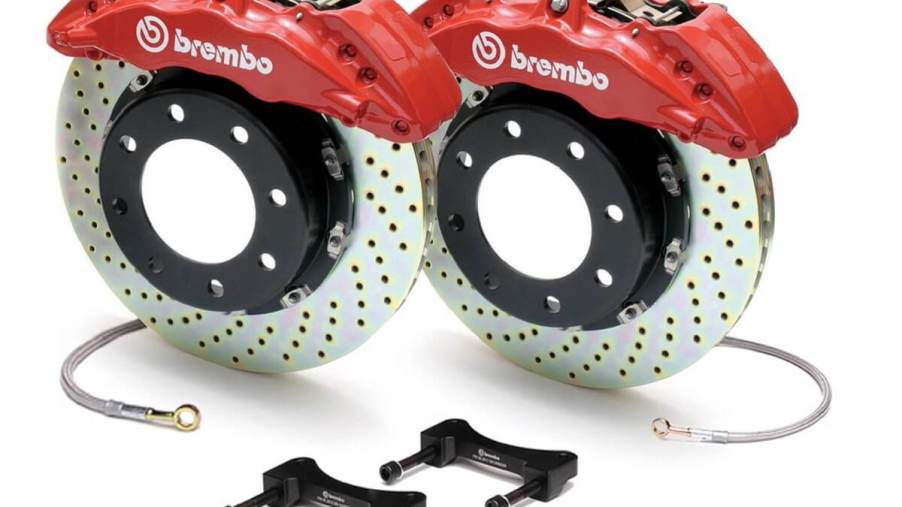
Brake Rotors: Are Aftermarket Rotor Upgrades Worth Your Time?
Stop and think about the last time your vehicle’s modification list included some shiny new drilled and slotted brake rotors. Has it ever? Well, your car will need new rotors at some point, just as sure as it will need replacement brake pads and new tires. So, are new, aftermarket performance brakes worth your time and money, or should you opt for OEM replacement rotors?
Do upgraded brake rotors make a difference?
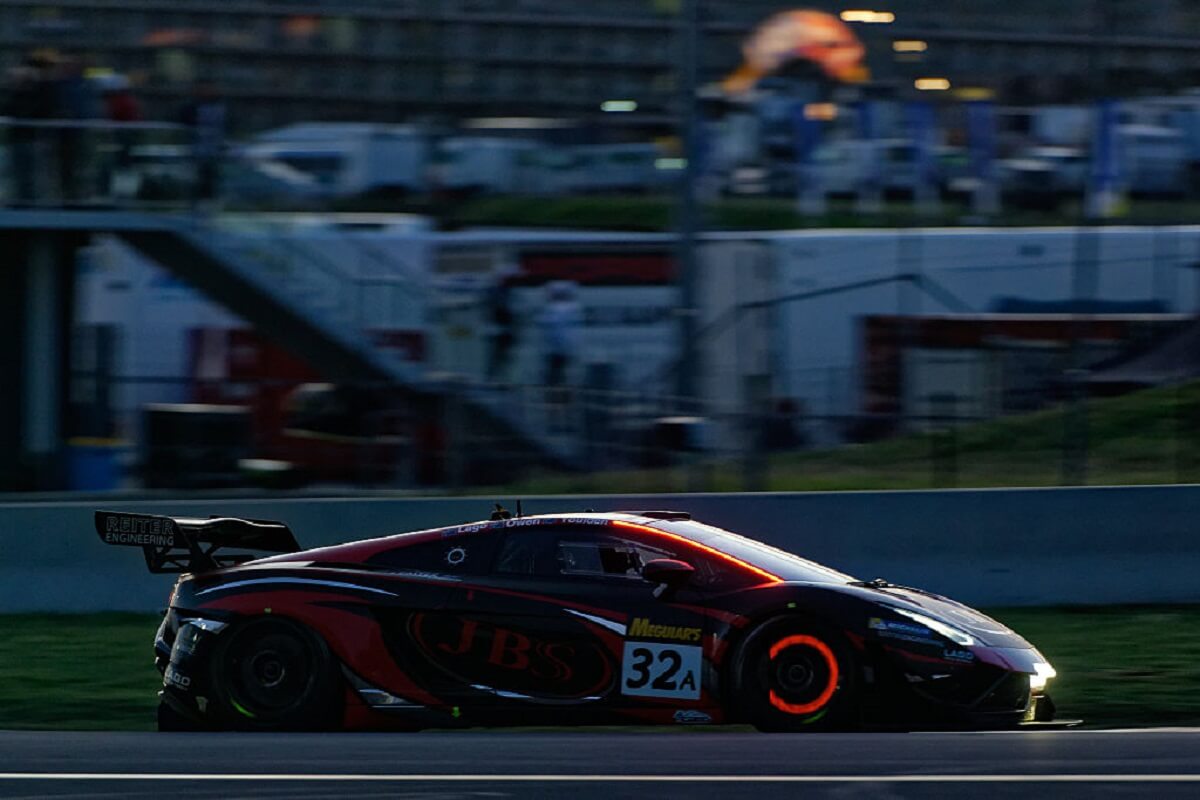
Upgraded brake rotors can improve performance by decreasing stopping distance and combatting brake fade. Swapping out a set of smaller, smooth rotors and OEM pads for a performance brake kit from Wilwood or Brembo can increase braking surface, friction, and heat dissipation.
However, your original equipment manufacturer (OEM) brakes are the product of extensive engineering and testing. As a result, modern cars can come to a stop from 60 mph in an average of 120 to 140 feet, per the National Association of City Transportation Officials (NACTO). Moreover, driver awareness and reaction time are more critical for braking performance than bigger, more aggressive rotors.
How much does it cost to replace brake rotors?
On average, smooth rotors cost $30 to $100. Moreover, labor costs are typically about $75 to $100 per rotor installation, for a total of $300 to $500. Of course, mechanically-inclined owners can replace their rotors and pads themselves and save that labor cost.
Moreover, aftermarket drilled and slotted rotors can demand more than OEM replacements. For instance, Power Stop vented rotors for a post-facelift S197 Ford Mustang can cost over $200 just for two rotors.
Which brake rotors perform the best?
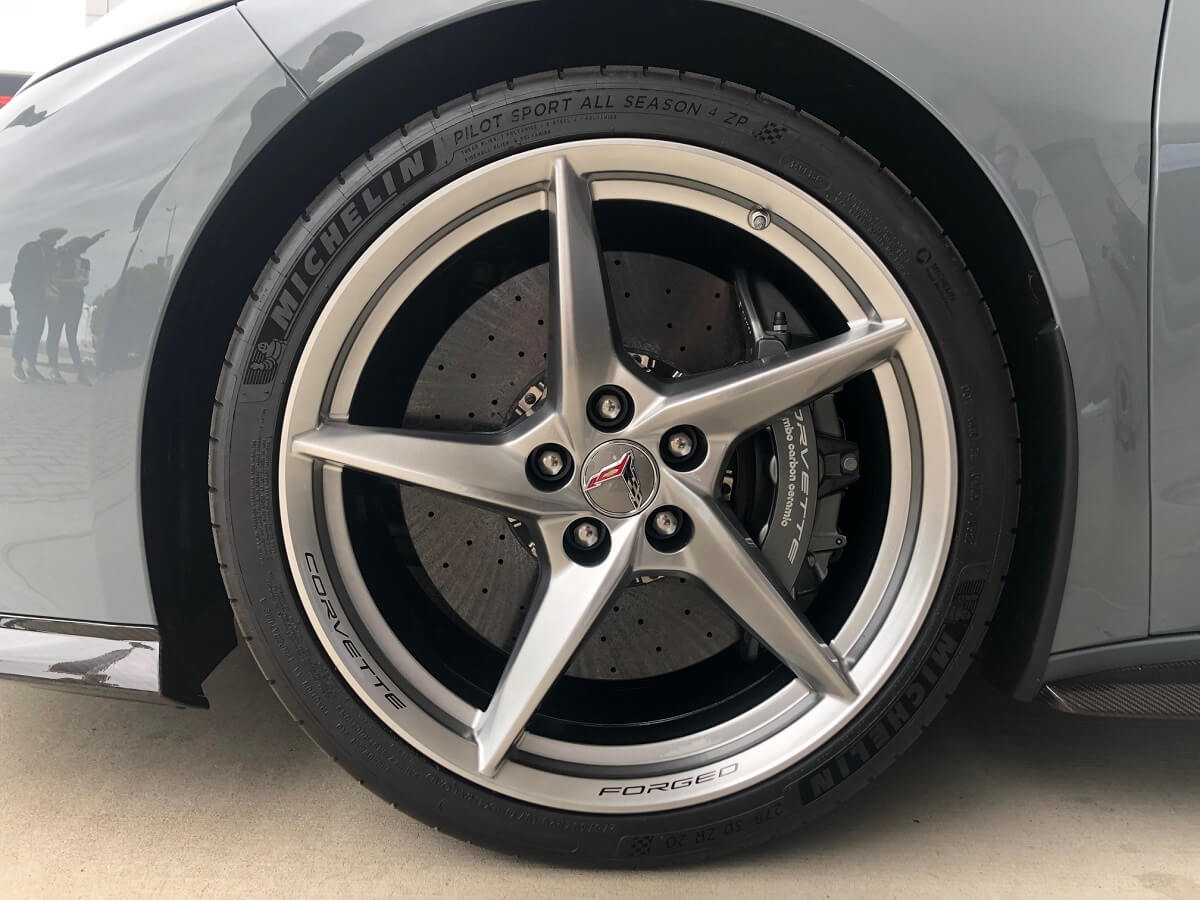
Drilled and slotted rotors will typically outperform smooth rotors and dissipate heat more effectively. Furthermore, carbon ceramic brakes are currently some of the best-performing brakes on the market, as they are light, have a more robust friction coefficient, and are resistant to heat-induced brake fade.
Still, drilled and slotted steel brakes aren’t necessarily poor-performing. For instance, the original Dodge Challenger SRT Hellcat’s 15.4-inch Brembo two-piece rotors were enough to stop the 4,488-lb brute from 70 mph in around 154 feet. Of course, those massive rotors were death-gripped by six-piston calipers to achieve that rate of stoppage.
Is it worth it to upgrade your car’s brake rotors?
Unless you plan on using your car in a heavy-duty application like track days or autocross, aftermarket brake rotors might not be necessary. While big brake kits with aggressive calipers and large drilled and slotted rotors will almost certainly improve stopping power for a motorsports application, well-maintained OEM brakes are more than sufficient.
Instead, ensure your daily driver has rotors free of warpage, healthy, grippy pads, fluid that meets or exceeds OEM standards, and no air in your lines.
